Rolled steel sections are available in various forms for use in Steel Construction.
Steel is one of the important building materials in construction industry. It can be used in many ways for many purposes.
Different steel members are manufactured in the factories based their usage. Rolled steel sections are casted in continuous casting molds without any joints. Different shapes or forms of rolled steel sections are explained below.
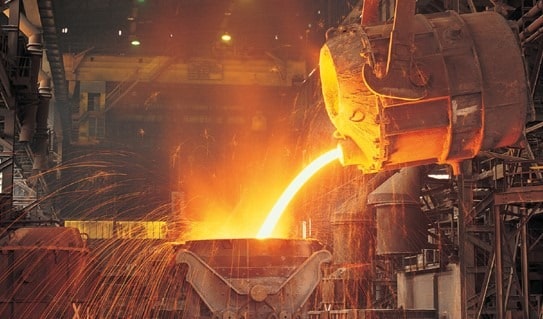
Different Forms of Rolled Steel Sections
Various forms of rolled steel sections are as follows:
- Angle sections
- Channel sections
- T- sections
- I-sections
- Round bars
- Square bars
- Flat bars
- Corrugated sheets
- Expanded metal
- Plates
- Ribbed bars (HYSD)
- Ribbed bars (mild steel)
- Thermo-mechanically treated bars
- Welded wire fabrics
1. Rolled Angle Sections
Angle sections are manufactured in “L” shape. It contains two legs. Some angle sections contains legs with similar dimensions are called as equal angle sections and some contains different legs are called as unequal angle sections.
Angle sections are widely used for roof truss constructions and for filler joist floors.
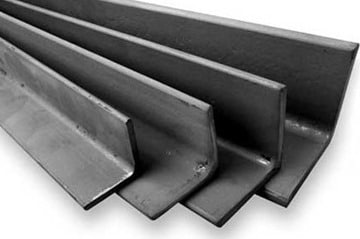
Equal angle sections are available from 20 mm x 20 mm x 3 mm to 200 mm x 200mm x 25 mm with their corresponding weights as 9 N and 736 N per meter length respectively.
Unequal angle sections are available from 30 mm x 20 mm x 3 mm to 200mm x 150mm x 18mm with 11 and 469 N per meter length weight respectively.
2. Rolled Channel Sections
The channel section or C- section consists two equal flanges connected to web at both ends. Channel sections are extensively used in steel framed structures.

They are available in various sizes ranging from 100 mm x 45 mm to 400mm x 100 mm. Corresponding unit weights are 58 N and 494 N per meter length respectively.
3. Rolled T- Sections
T section consists of flange and web arranged in “T” shape. They are used in steel roof trusses to form built up sections. Two angle sections can also be joined to get T section.
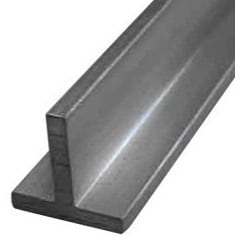
Rolled T sections size varies from 20 mm x 20 mm x 3 mm to 150 mm x 150mm x 10 mm with 9 N and 228 N as their corresponding weights per meter length.
4. Rolled I – Sections
I sections which are also called as steel beams or rolled steel joist are extensively used as beams, lintels, columns etc. It consists two flanges and a web connected as shown in figure.
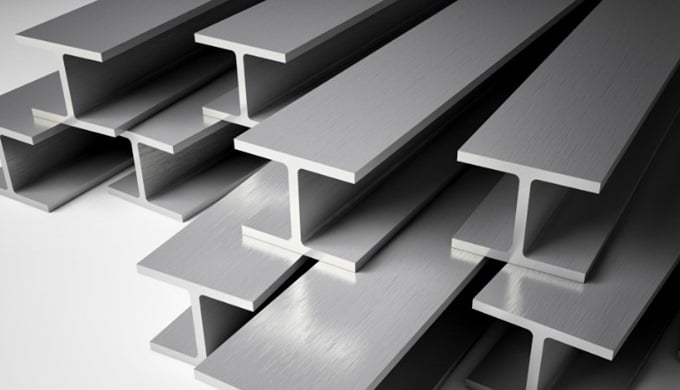
These are available in various sizes ranges from 75 mm x 50 mm at 61 N per meter length to 600 mm x 210 mm at 995 N per meter length.
5. Rolled Round Bars
Round bars contain circular cross sections and these are used as reinforcement in concrete and steel grill work etc. Round bars are available in various diameters varies from 5 mm to 250 mm.
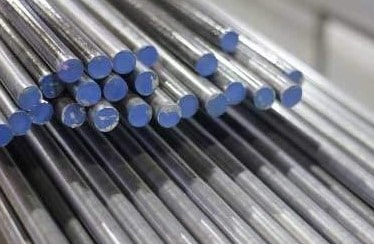
6. Rolled Square Bars
Square bars contain square cross sections and these are widely used for gates, windows, grill works etc. the sides of square cross section ranges from 5 mm to 250 mm.

7. Rolled Flat Bars
Flat bars are also used for gates, windows, grill works etc. Flat bars are designated with width of the bar which varies from 10 mm to 400 mm. thickness of flat bars will be from 3 mm to 40 mm.

8. Corrugated Sheets
Plain steel sheets are passed through machines which produce bends by pressing them called corrugations. These sheets are used for roof coverings.
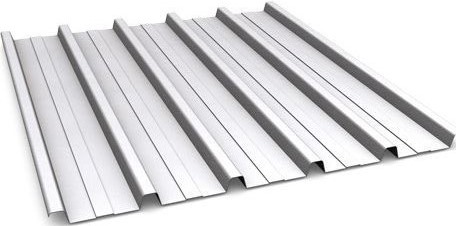
9. Expanded Metal
Expanded metal sheets are made from mild steel sheets. Which are cut through machine and expanded. Generally, Diamond shaped mesh is appeared in this type of sheets.
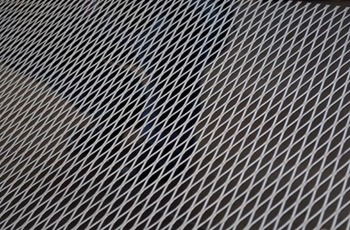
10. Rolled Steel Plates
Steel plates are well used items in steel structures. They are used for connecting steel beams, tensional member in roof truss etc. They are designated with their thickness which is varying from 5 mm to 50 mm.
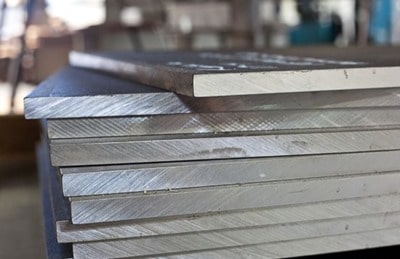
11. Ribbed Bars (HYSD)
Ribbed HYSD bars are made of high yield strength steel. Ribs are nothing but projections produced on bars by cold twisting of bar in hot rolled condition. The twist is made according the standard requirements.
HYSD bars are important innovation of steel and they are extensively used as main reinforcement materials in all concrete works like bridges, buildings, precast concrete works, foundations, roads etc..
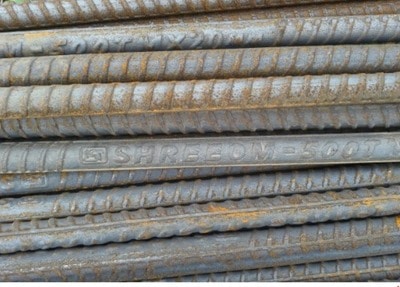
They are available in many sizes varying from 6 mm to 50 mm diameter. The reason why these are more famous than any other bars is because of following advantages:
- HYSD bars can be bend up to 180o without any cracks.
- High strength and durable.
- 30 to 40% of cost reduced when compared to other round bars.
- Suitable for any type of concrete work.
- Excellent bonding properties with concrete.
- HYSD bars can be welded using electronic flash butt welding or arc welding.
12. Ribbed Bars (Mild Steel)
Ribbed bars can also be produced from mild steel. These are look-alike HYSD ribbed bars but these bars are not recommended by any code and they also have very less strength compared to HYSD bars.
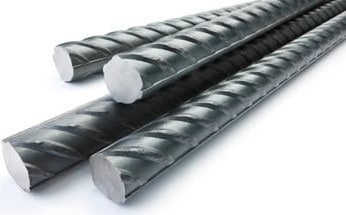
13. Rolled Thermo-Mechanically Treated (TMT) Bars
Thermo-mechanically treated bars or TMT bars are manufactured by a special technique in which the red-hot steel bars are suddenly quenched by spraying water on it. So, surface of bar gets cooled down and inner side or core of the bar still in hot condition.

The core helps the outer surface to be tempered. By this combination of different temperature, the bar gains more yield strength and exhibits good elongation at ultimate failure.
Copper, phosphorus and chromium etc. are added in manufacturing process of TMT bars which improves its corrosion resistance.
14. Welded Wire Fabrics
Welded wire fabrics are nothing but a series of mild steel bars which are arranged perpendicular to each other and welded at all intersection.
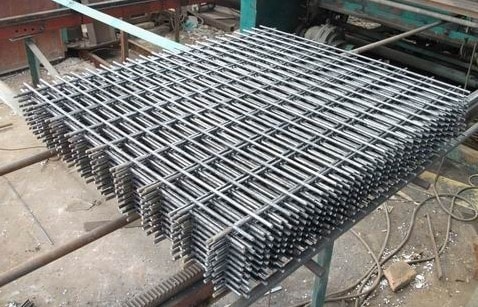
These are used as reinforcement for floor slabs, small canal linings, pavement’s etc.

